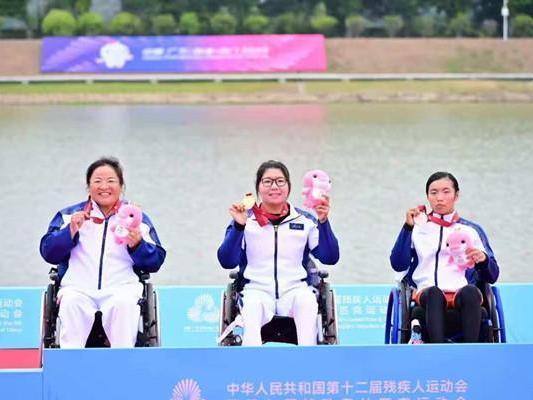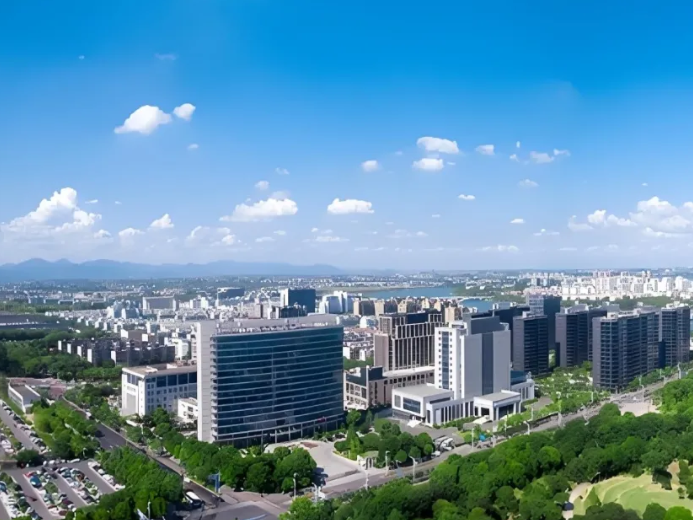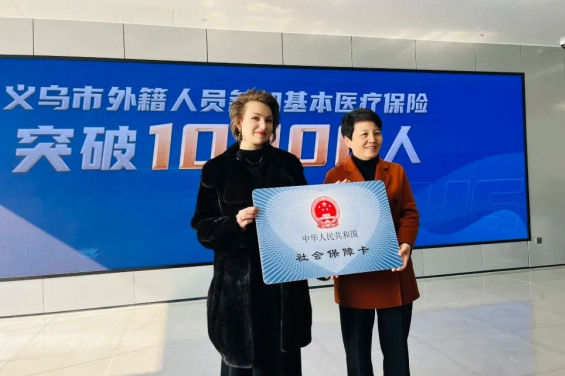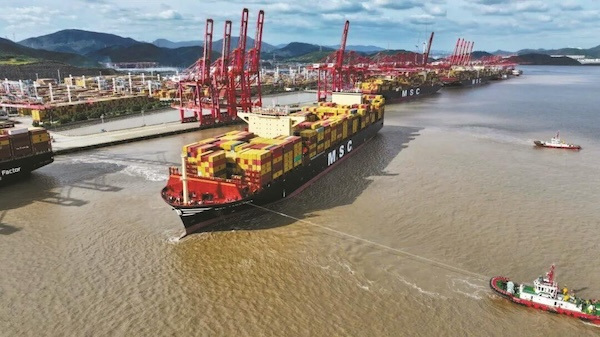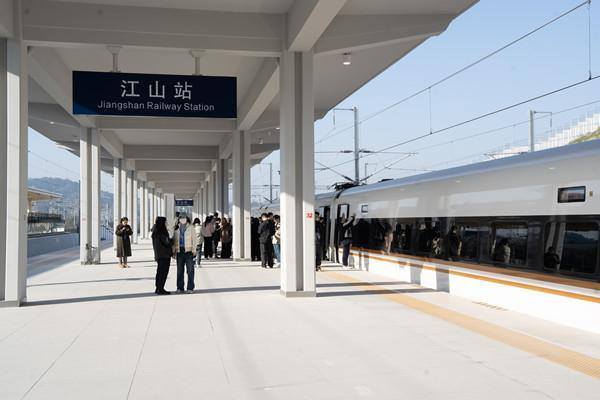Expeditions that Han dynasty (202 BC-220 AD) diplomat Zhang Qian (ca. 164-114 BC) took 2,100 years ago eventually helped establish what was later known as the “Silk Road”, which, like a bridge, connects trade between Asia and Europe and integrates the Eastern and Western cultures.
From China’s coastal cities like Guangzhou, Quanzhou, Ningbo and Yangzhou, via Southeast Asia and the Arab Sea, to the east coast of the African continent, the “Maritime Silk Road”, best known for the expeditions of Ming (1368-1644) explorer Zheng He (1371?-1433?), has been facilitating cultural and economic exchanges between China and other regions of the world since the Qin (221-207 BC) and Han periods.
Fast forward to the present day, the Silk Road Economic Belt and the 21st-century Maritime Silk Road (the Belt and Road Initiative) are now driving global economic development through building connectivity and cooperation, stimulating potential and providing development opportunities.
As an important part of the ancient Silk Road, in particular the Maritime Silk Road, cities in Zhejiang like Hangzhou, Ningbo, Wenzhou and Yiwu are witnessing the flourishing of ancient Chinese wisdom under the Belt and Road Initiative.
Hangzhou: Silk Industry’s Window to the World
“Coming to Hangzhou from a thousand miles away, half is for the West Lake and half for silk,” as a popular saying goes. Since the Three Kingdoms period, Hangzhou has already been one of the largest ports in China. In the Southern Song dynasty (1127-1279), it became a major port of the ancient Maritime Silk Road. Silk, tea and porcelain, the three items that may best showcase traditional China, can all be found in Hangzhou.
In Southern Song, Hangzhou’s sericulture technology made great progress. According to Annals of Lin’an during the Reign of Xianchun, at that time, over a dozen types of silks were produced in Hangzhou, including satin, fabric yarn, cotton, still silk, among others.
Hangzhou’s silk industry went through mechanization during the Republican period, and silk production equipment and technologies saw historic transformation. The quality of silk products was significantly improved, and silk designs and colors grew ever more diverse. A number of silk enterprises and shops that later became famous brands were born at this time, and a corresponding sales and education system for silk was established. Later, silk streets, silk cultural activities such as silk fashion festivals and silk cheongsam shows have gradually become a window for Hangzhou’s silk industry.
Apart from silk, porcelain and tea are also exported in bulk from Hangzhou. In the 10th century, Yue porcelain wares surpassed those from elsewhere and became the most important ceramic product. Among over 490,000 pieces of porcelain wares found in the Cirebon shipwreck, Chinese ceramics accounted for 75%, or about 367,000 pieces, while the number of Yue celadon exceeded 300,000 pieces. In Sohar, Oman, Yue celadon from the early 10th century was unearthed, and fragments of Yue porcelain from about the same period have also been found along the Tigris River in Iraq as well as Siraf, an ancient port in the Persian Gulf.
Later, the Song dynasty saw the booming development of traditional porcelain manufacturing. The ceramic craftsmanship at official kilns reached its zenith in Southern Song, and they produced porcelain exclusively for the imperial court.
Unlike silk and porcelain, it wasn’t until the Qing (1616-1911) and the Republican periods that tea began to be exported in bulk. Hangzhou’s Longjing tea, also known as the Dragon Well tea, was notable for being “a very expensive and top-class tea”.
As an important hub along the Belt and Road and the “Online Silk Road”, Hangzhou is actively promoting cooperation and exchanges with countries along the Belt and Road, building Hangzhou platforms overseas, exploring international market and pushing for the steady growth of foreign trade, so that more Hangzhou companies can “go abroad”.

Ningbo: A Blend of Tradition and Modernity
On Catalan Atlas, a world map drawn in 1375 and considered the best and most detailed representation of the known world in the middle ages, the name “MINGIO” was marked prominently on a place.
MINGIO or Mingzhou was the ancient name of Ningbo city, which was part of the State of Yue (2031-222 BC) during the Spring and Autumn period (770-476 BC) and then was controlled by the State of Chu (?-223 BC) during the Warring States period (475-221 BC).
In the year 738 during the Tang dynasty (618-907), Ningbo was formally established as a prefecture and was named Mingzhou after the Siming Mountain within the area. By then, cultural and economic exchanges by way of Mingzhou Port had already been quite developed, and a trade network that extended to East Asia, Southeast Asia and the Arab countries was formed. In particularly, Mingzhou had built close relations with Japan. Indeed, the name Mingzhou was one of the Chinese place names that Japanese people were most familiar with at the time. It is even said that half of the Japan’s maritime history could be found in Ningbo.
Statistics show that of the 19 Japanese missions to Tang (13 missions successfully made it) between 630 and 849, 3 landed in China via Mingzhou, the second of which was in 804, when the Japanese monk Saicho (767-822) joined the embassy. After returning to Japan, he founded the Tendai school of Buddhism based on China’s Tiantai school he was exposed to during the trip. He is also believed to have brought Mingzhou tea seeds and tea-making ceremony to Japan, the first recorded export of tea from China to a foreign country.
In 1381, Mingzhou’s name was changed to Ningbo, which means “calm waves”, by Zhu Yuanzhang (1328-1398), the founding emperor of the Ming dynasty, as it shared the same Chinese character as the dynastic title.
Roughly five centuries later, the first Opium War broke out in 1840 between China and Britain. As one of the main battlegrounds, Ningbo suffered and was captured. In August 1842, the Qing government as forced to sign the Treaty of Nanjing with Britain, and five ports, namely Guangzhou, Fuzhou, Xiamen, Ningbo and Shanghai, were opened for trade.
Shortly afterwards, with the influx of foreign industries and the eventual monopoly of the economy by Western powers, local people in Ningbo had no choice but to seek a living abroad or start businesses in Shanghai.
Nowadays, Ningbo is developing a maritime tourist route so that visitors can fully enjoy its rich history and culture, and with the China-Central and Eastern European Countries Expo helping its investment and trade, Ningbo is living up to the reputation as a historical and cultural city that connects with over 200 countries and 600 ports throughout the world.
Wenzhou: “Going Out” Is in the Genes
Among the items displayed in the history hall of Wenzhou Museum is a treasure unearthed more than 30 years ago—a green-glazed ewer with fern grass pattern dating to the Northern Song dynasty (960-1127). As the shape of ewer resembles Persian silverware, many initially thought it was not from the ancient Ou kiln.
Experts believed the owner of the ewer was most probably a merchant from Central Asia who came to Wenzhou via the ancient Maritime Silk Road and ordered a custom-made pot from an Ou kiln. However, for various reasons, the merchant didn’t take it and left it in Wenzhou.
Although small, the ewer is part of Wenzhou’s history in international trade and communication, and an important testimony to the cultural exchanges between China and the West along the Maritime Silk Road.
As a port city, Wenzhou has a history of more than 2,200 years. In the Warring States period, Wenzhou was already one of the nine important coastal ports in various historical records and documents. During the Three Kingdoms period (220-280), Wenzhou was one of the three shipbuilding bases for the State of Eastern Wu (222-280). In the Tang and Song dynasties, thanks to the Maritime Silk Road, Wenzhou’s export of celadon, lacquer ware, silk and printed matters grew rapidly, and merchants from all over the world were attracted to the city as well.
As an important port along the Maritime Silk Road, Wenzhou has been well known for its adventurous and entrepreneurial spirit, and “going out” has been in the genes of Wenzhou people. At present, there are about 700,000 people from Wenzhou who live in more than 130 countries and regions across the globe, of whom roughly 380,000 live in 57 countries and regions along the Belt and Road. Apart from accumulating capital, their business and entrepreneurial activities have helped integrate Chinese and local cultures, and build a comprehensive network of marketing, information and local resources.
At present, people of Wenzhou origin have set up 135 overseas Chinese organizations, and the city has established more than 70 overseas investment promotion liaison offices along the Belt and Road countries and regions. Indeed, with such a vast global network, Wenzhou merchants can be found everywhere in the world and many well-known Wenzhou merchants have become “ambassadors”, promoting friendly exchanges and cooperation between China and foreign countries. Moreover, Wenzhou boasts quite a number of dynamic chambers of commerce. For example, the influential Sino-African Chamber of Commerce in Wenzhou has become a crucial link in promoting the common development of both sides.of both sides.
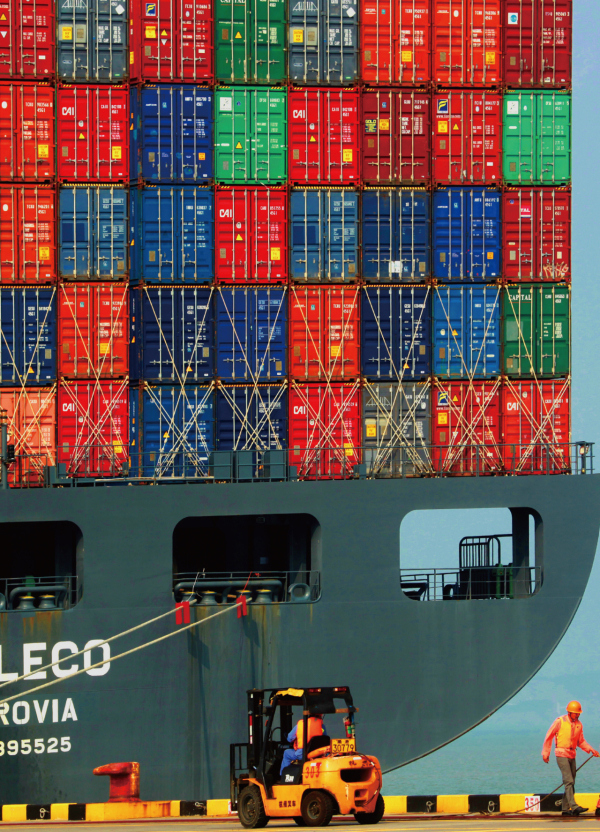
Zhoushan: Island of Buddhism and Global Trade Hub
In 1979, a set of ancient ruins covering an area of 140,000 square meters was unearthed by archaeologists in Ma’ao township, Dinghai district, Zhoushan city. Not only were a large number of red pottery shards unearthed, traces of rice were also found. Archaeologists believed this area is the earliest place where the ancestors of Zhoushan people gathered, and they began to cultivate rice as early as 5,000 years ago.
Part of the State of Yue during the Spring and Autumn period, Zhoushan was known as Haizhongzhou, or “Island in the Ocean”. During the Qin dynasty, Xu Fu (?-?), who tasked by Qin Shi Huang (259-210 BC) to seek the elixir of immortality, reached Zhoushan, and believed its Daishan Island to be the legendary “Island of Immortals”. In the year 738, Zhoushan was set up as a county, under the administration of Mingzhou (present-day Ningbo). Since then, Zhoushan’s maritime trade has grown from strength to strength, and Zhoushan has become one of the most important ports along the Maritime Silk Road.
For over a thousand years, countless ships, boats, barges…came and went from Zhoushan, bringing mountains of silver from places including Americas, Europe and Japan, in exchange for China’s silk, porcelain, tea and various other goods and products. A de facto global trading hub, Zhoushan was either the starting point or a crucial transfer stop for Xu Fu’s mission to seek the elixir of immortality, for monk Jianzhen’s (688-763) travels to Japan, for the Japanese missions to come to Tang, and for Zheng He’s expeditions.
As China’s largest archipelago, Zhoushan is the first archipelagic prefecture-level city, whose 1,390 islands and over 3,000 reefs dotting the East China Sea like pearls. It is also home to Putuo Mountain, one of China’s “Four Sacred Mountains of Buddhism”.
“Where there are rooms, there are temples; where there are people, there are monks,” people thus said of Putuo Mountain. “Around corners unclear, temples are secretly hidden; at a seemingly the paths seem to end, monks appear all of a sudden,” a Ming poem concurred in its depiction of the mountain. Putuo Mountain is now perhaps best known for the giant statue of the Buddhist deity Guanyin of the Southern Seas. Measuring 33 meters high and weighing more than 70 tons, it is the world’s largest bronze statue of Guanyin.
Thanks to the “21st Century Maritime Silk Road”, Zhoushan’s tourism has witnessed rapid growth. Focused on Buddhist culture and island travelling, tourism industry is now a major contributor to Zhoushan’s economy. For example, the 2019 International Islands Tourism Conference brought roughly 1,000 delegates from 25 countries and regions to Zhoushan, attracting an investment of 49.557 billion yuan.
Now, with the prospering of family-run hotels and a host of tourist products featuring its unique maritime resources and Buddhist culture, Zhoushan is developing into a new “gateway” for the Belt and Road.
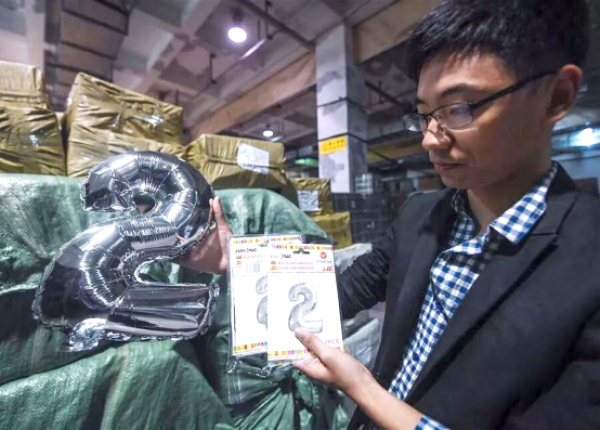
Yiwu: Small City, High Aspirations
Trade in Yiwu is believed to have started with Yiwu soldiers. It is said that some of these soldiers, who fought alongside Qi Jiguang (1528-1588), a Ming dynasty general, returned home after the Japanese pirates were repelled. As Yiwu had little land to support its population, let alone these returned soldiers, they had to sell goods as peddlers, akin to today’s travelling salesmen. Rattle drums swigging, they went from street to street, selling brown sugar cakes, a popular local snack, for chickens, ducks, goose feathers and scrap copper and iron, and to earn whatever profit there was. This is how the “sugar for chicken feathers” tradition started.
Now, Yiwu has quickly become a world-renowned international trade city. From a street market to a veritable “world supermarket”, Yiwu’s small commodity market has witnessed transformative development, thanks to the cooperation and unity among Yiwu people. The spirit of “sugar for chicken feathers” has helped turn Yiwu from a poor agricultural county into the “capital” of world’s small commodities.
A county-level city, Yiwu is impressive in its openness and inclusiveness: there are more than 6,800 foreign-related institutions, of which more than 2,500 are foreign-invested partnerships, accounting for 75 percent of China’s total.
As one of the first Africans to come to Yiwu to do business, Cheickina Sylla opened his company in 2002. While his customers initially knew nothing about the city, Sylla saw great potential in Yiwu back then, and he is proved to be prescient. Now his company is trading with every African country.
In Yiwu, tens of thousands of African traders like Sylla are starting their business and realizing their dreams. According to statistics, there are currently 2,500-odd businessmen from over 50 African countries and regions with permanent residence in Yiwu and African traders make 95,000 entries every year into Yiwu. These foreign businessmen are called the “new Yiwu people”. While they come from different countries and have different skin colors, they all have something in common: Yiwu is the place where their dreams come true.
Yiwu has drawn a blueprint for a better future. Three new areas—the Silk Road New Area, the Inland Port New Area and the Science and Technology Innovation New Area—will be established. A logistics network encompassing road, railway, sea, air, postal services and the internet are stimulating trade and promoting communication and exchanges between countries along the Belt and Road.

